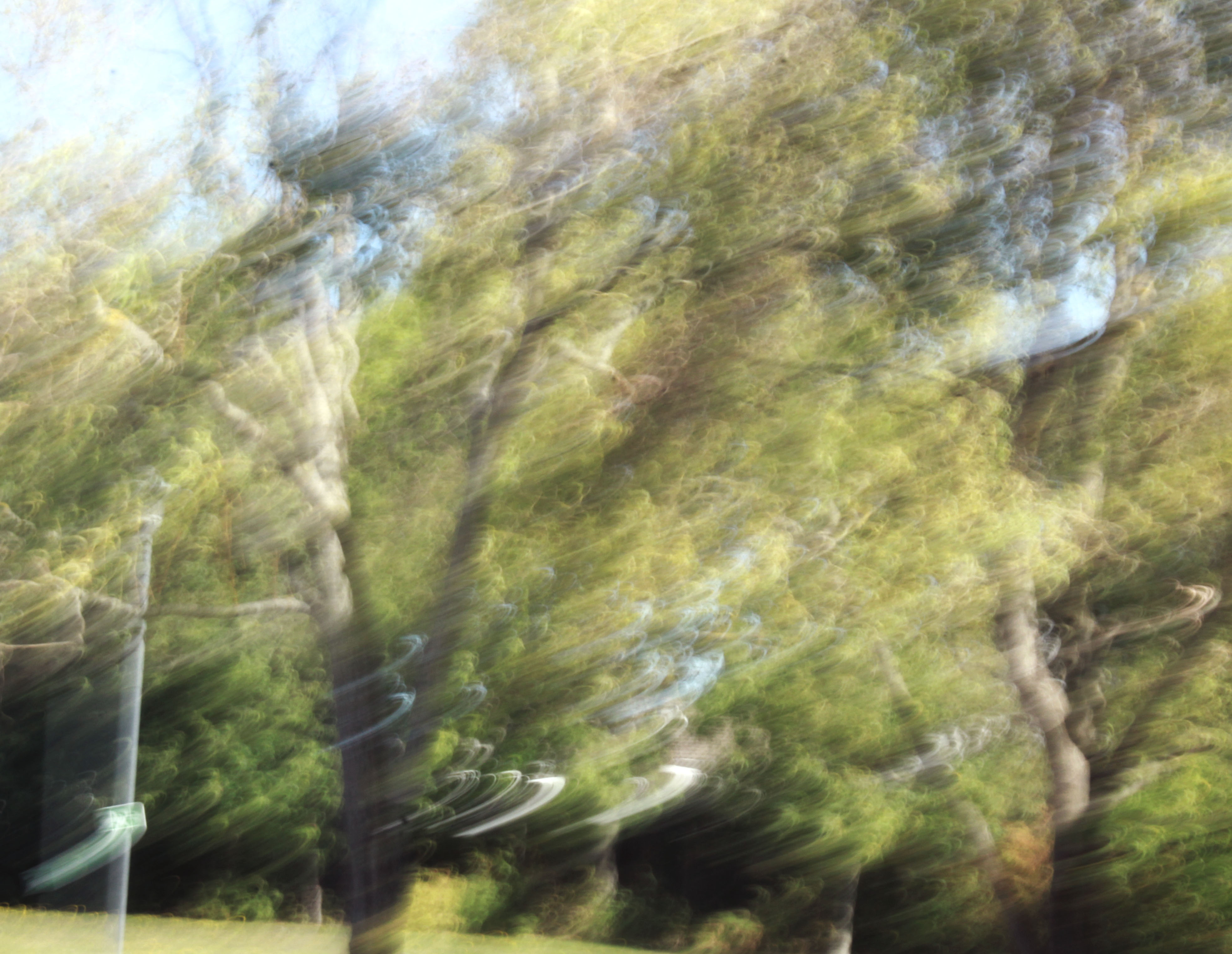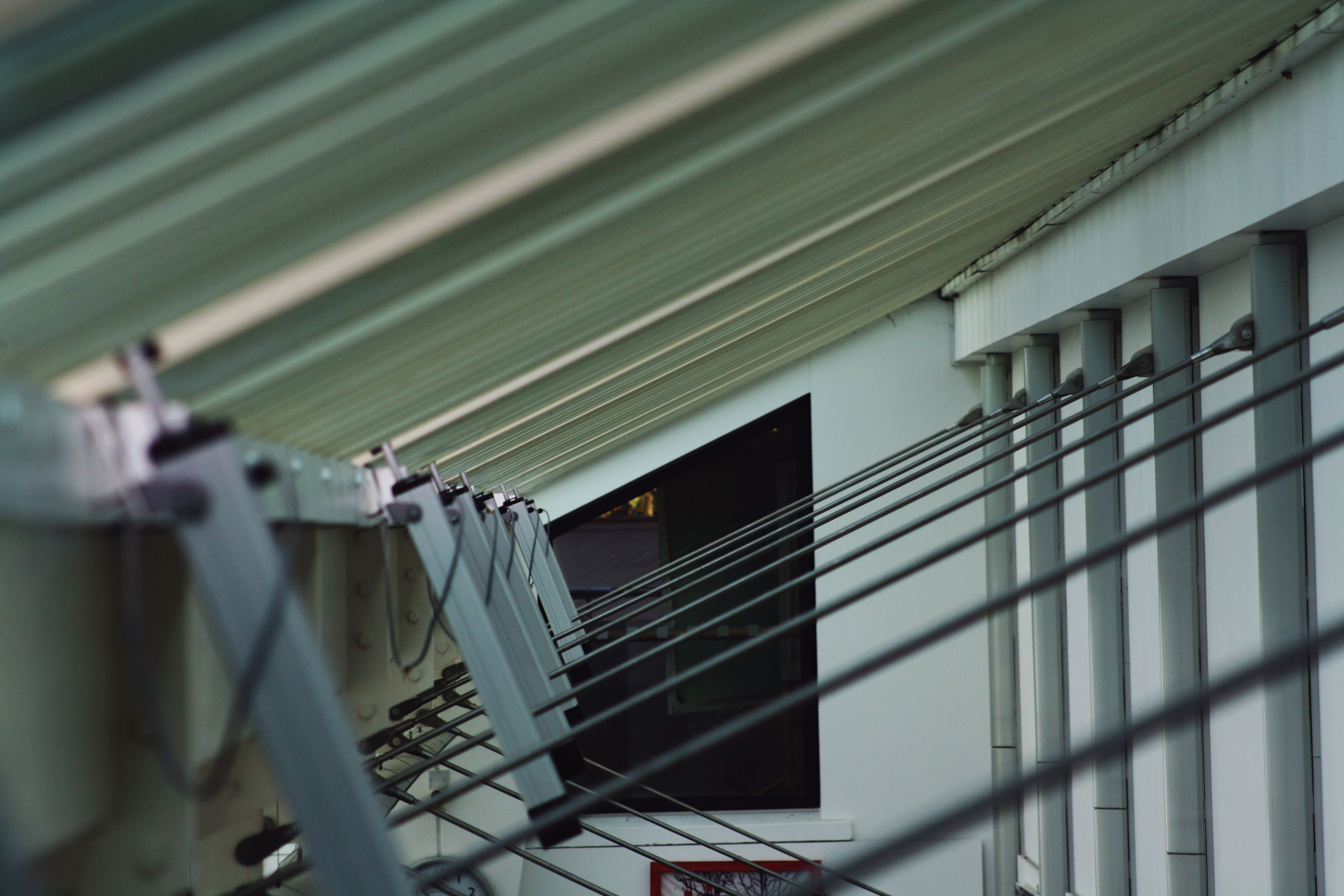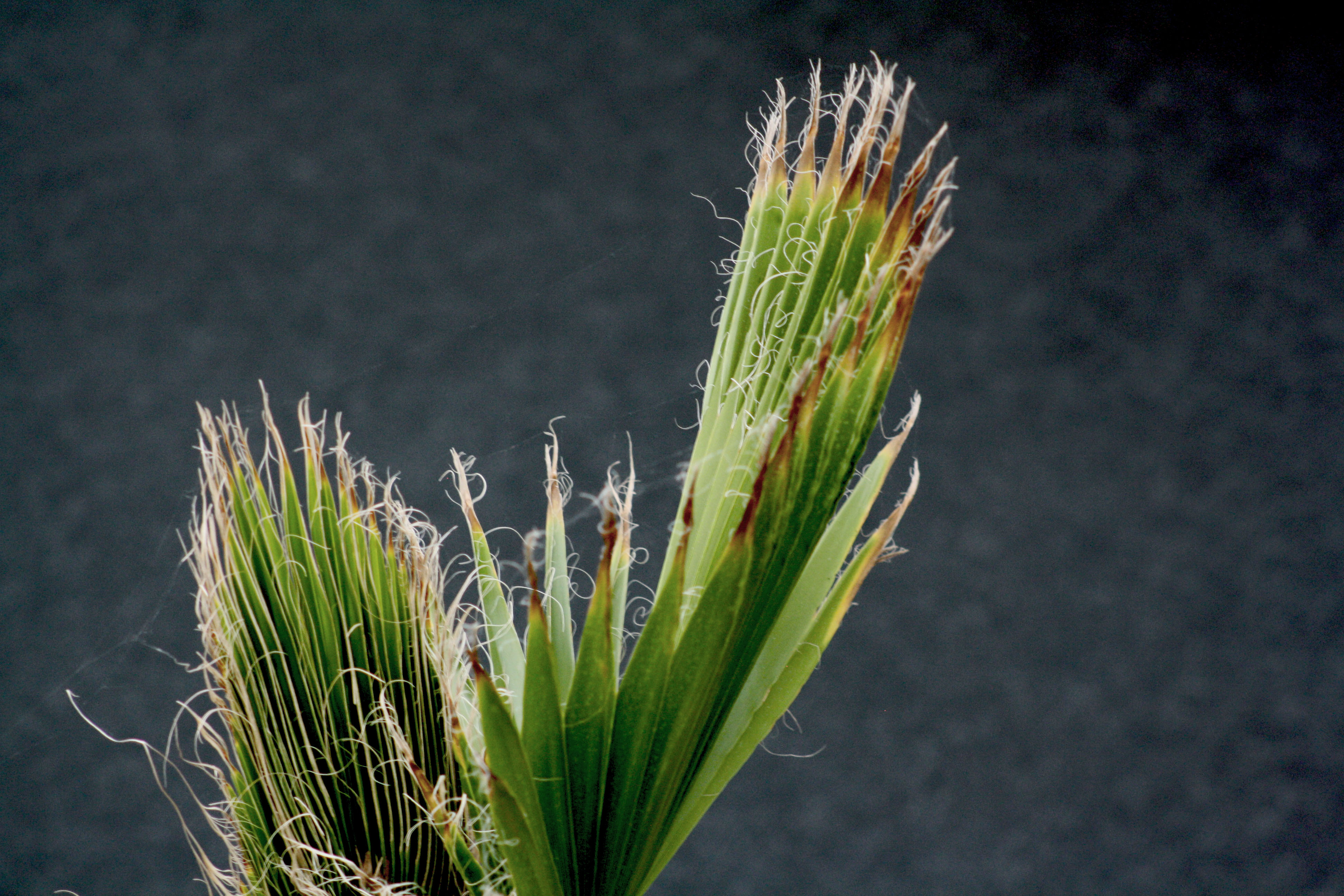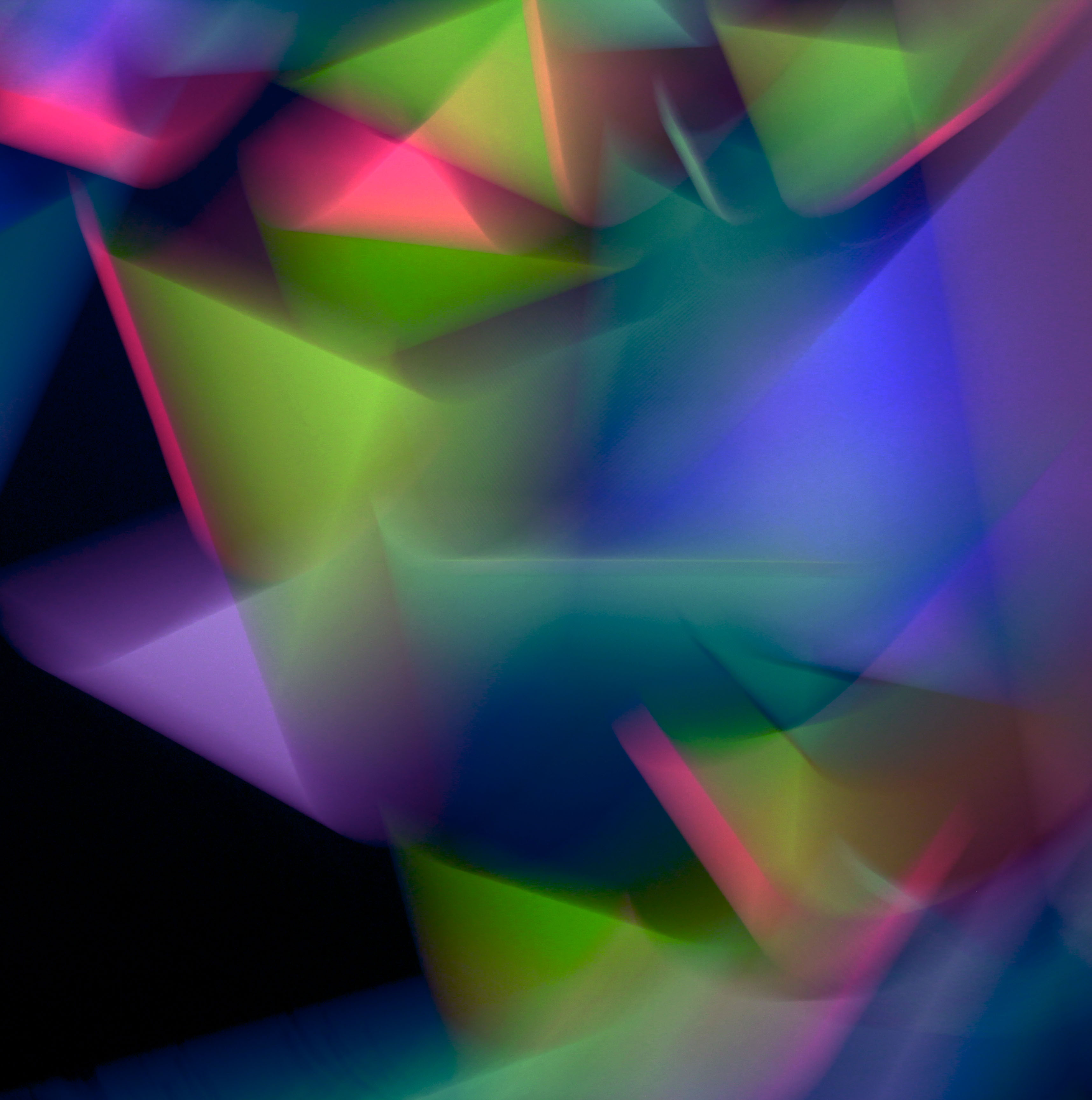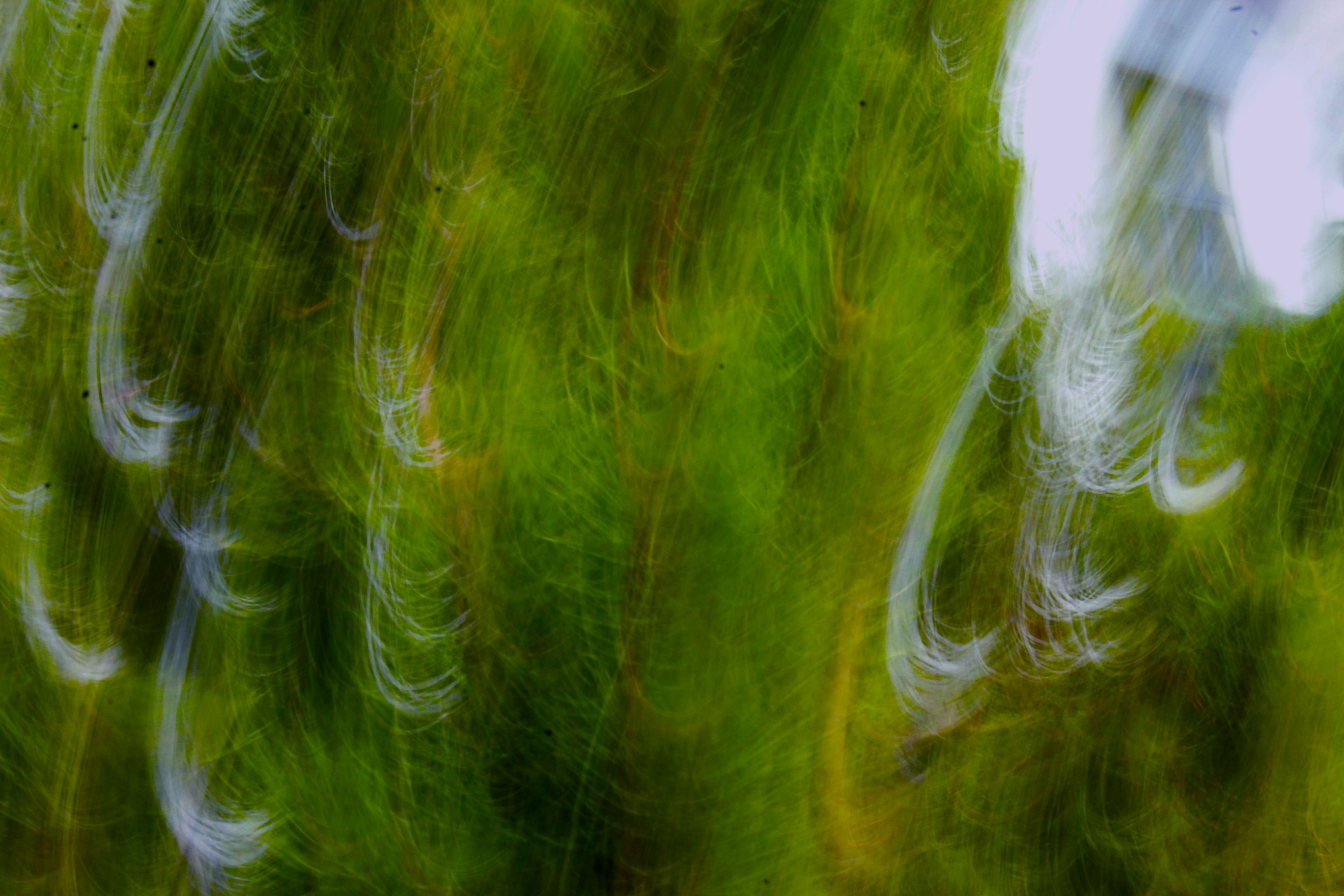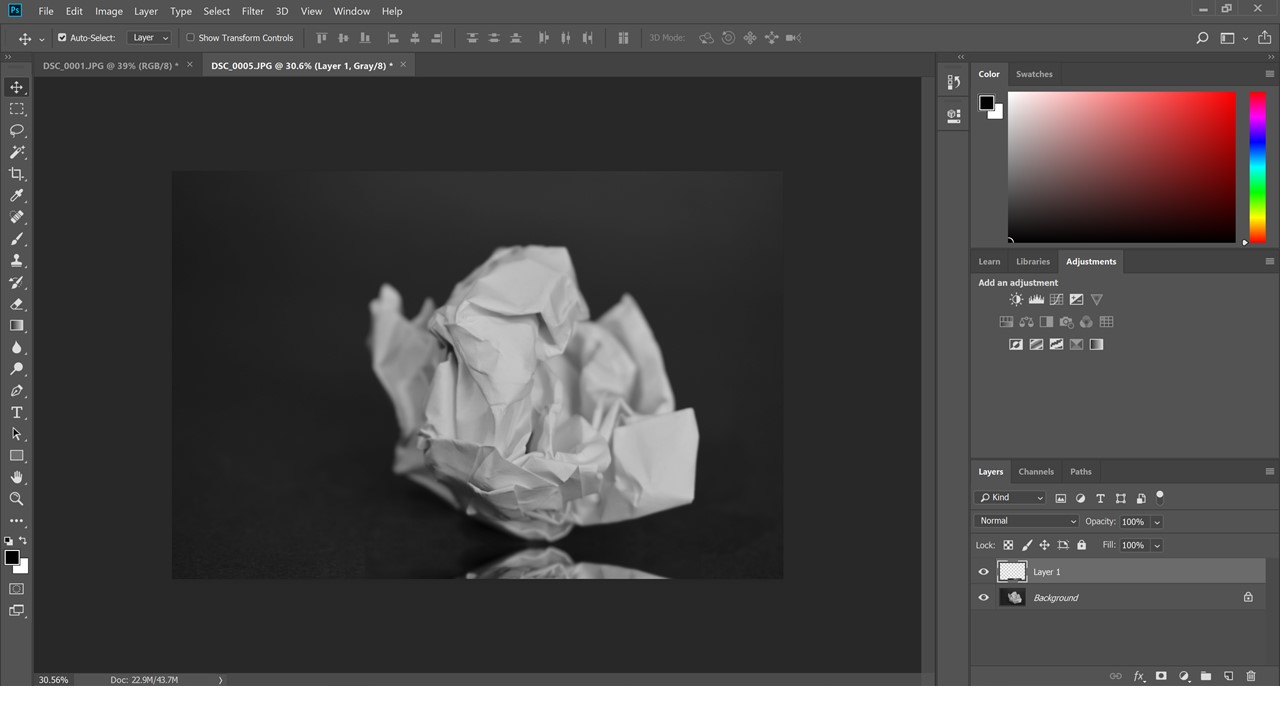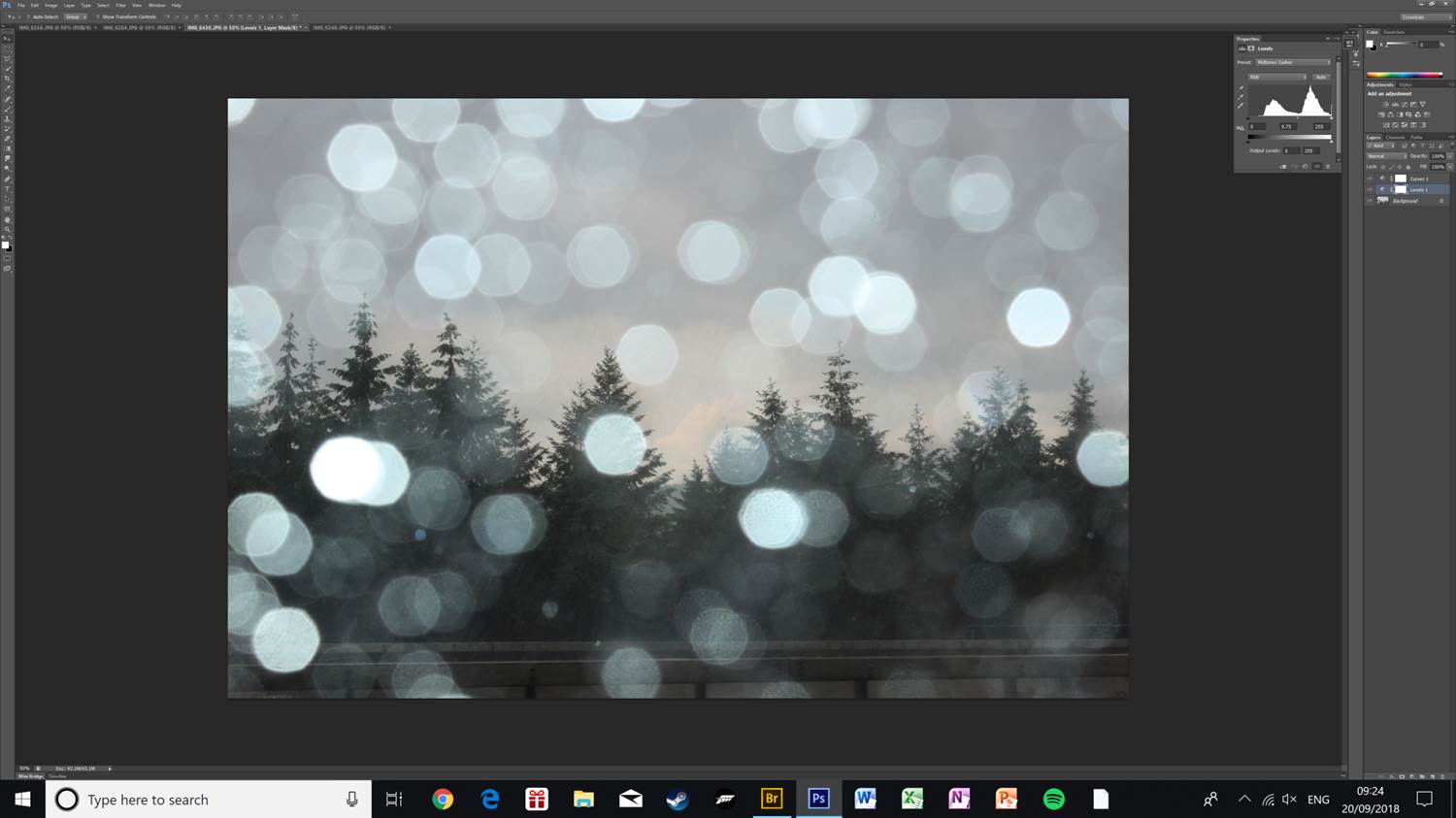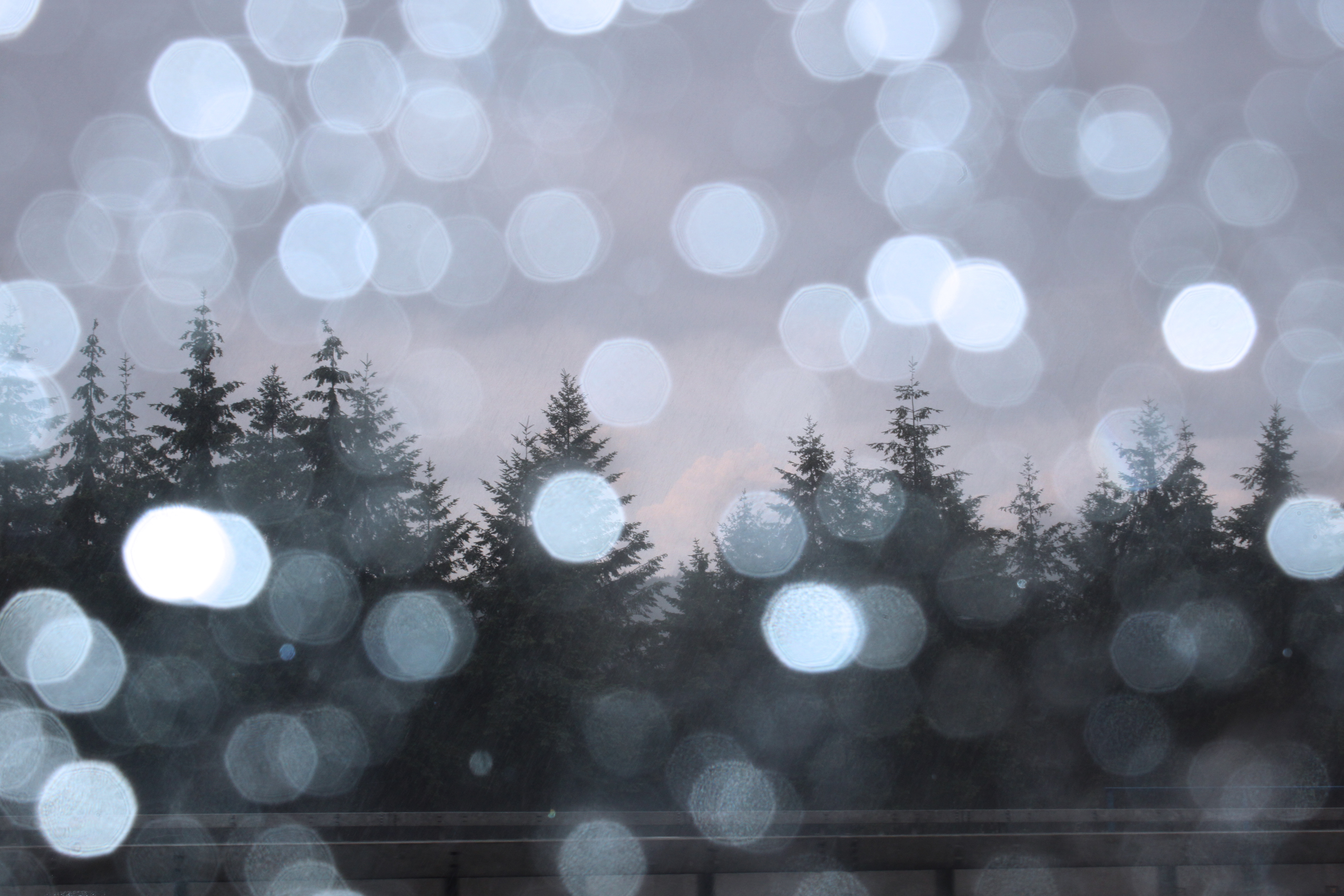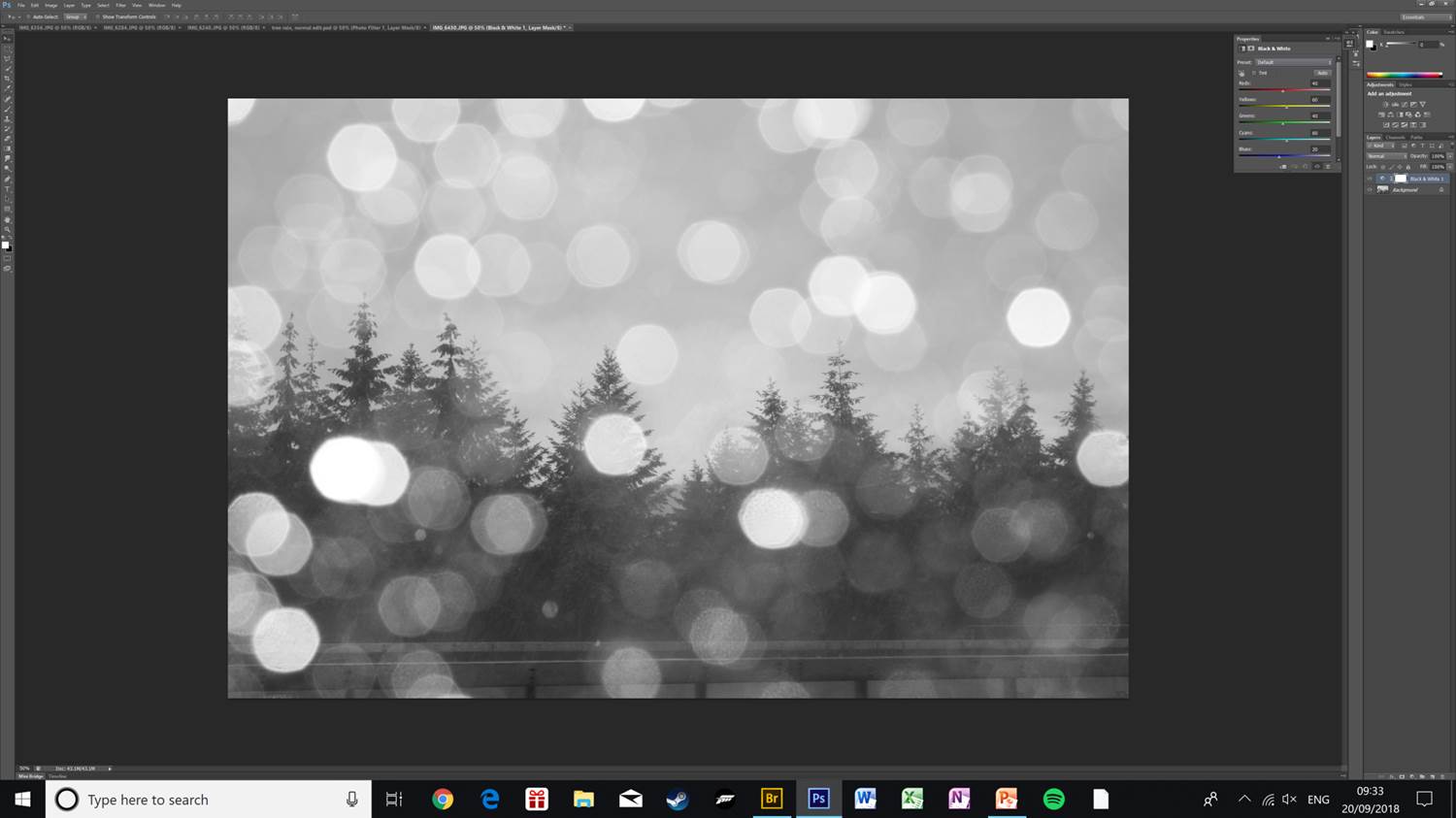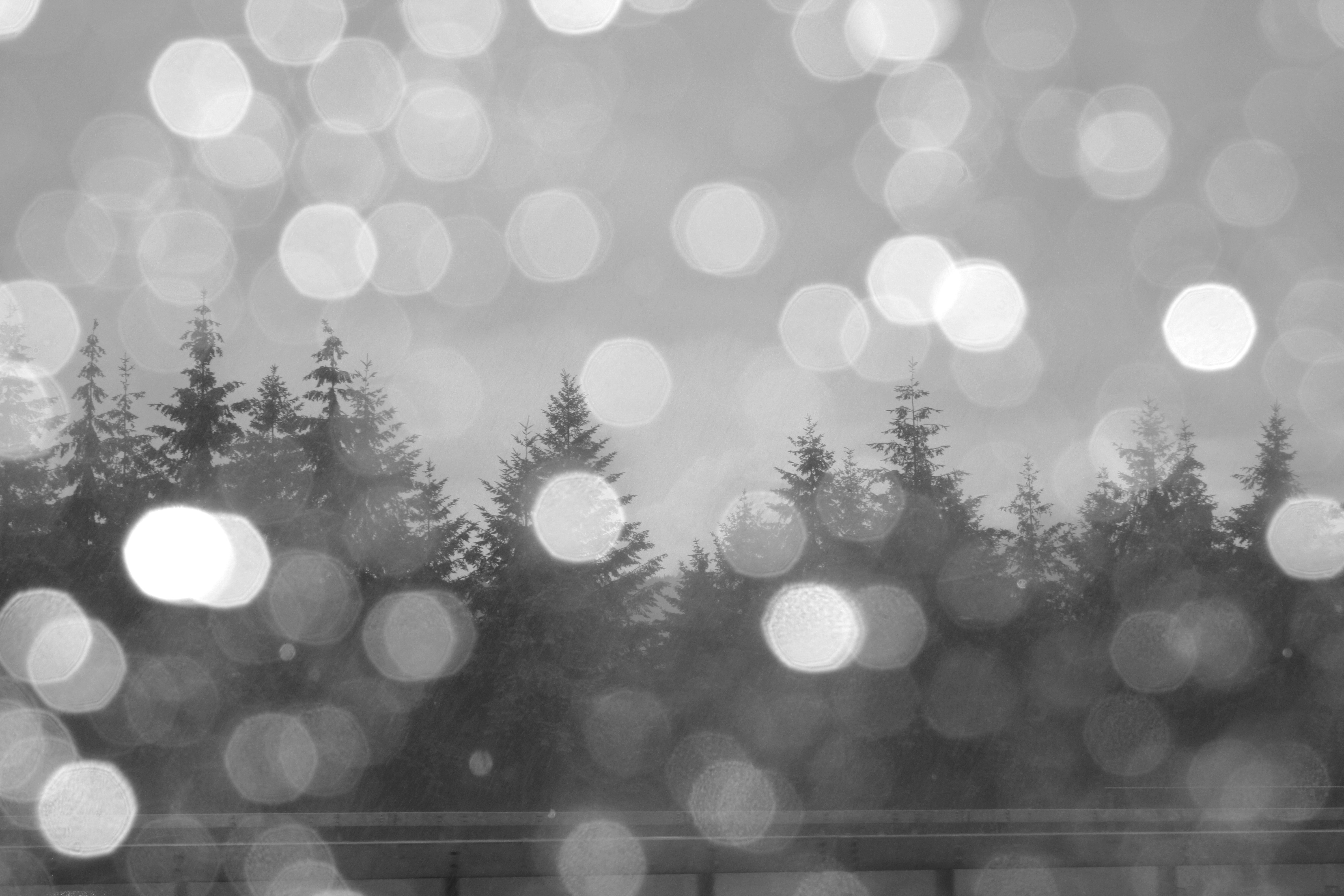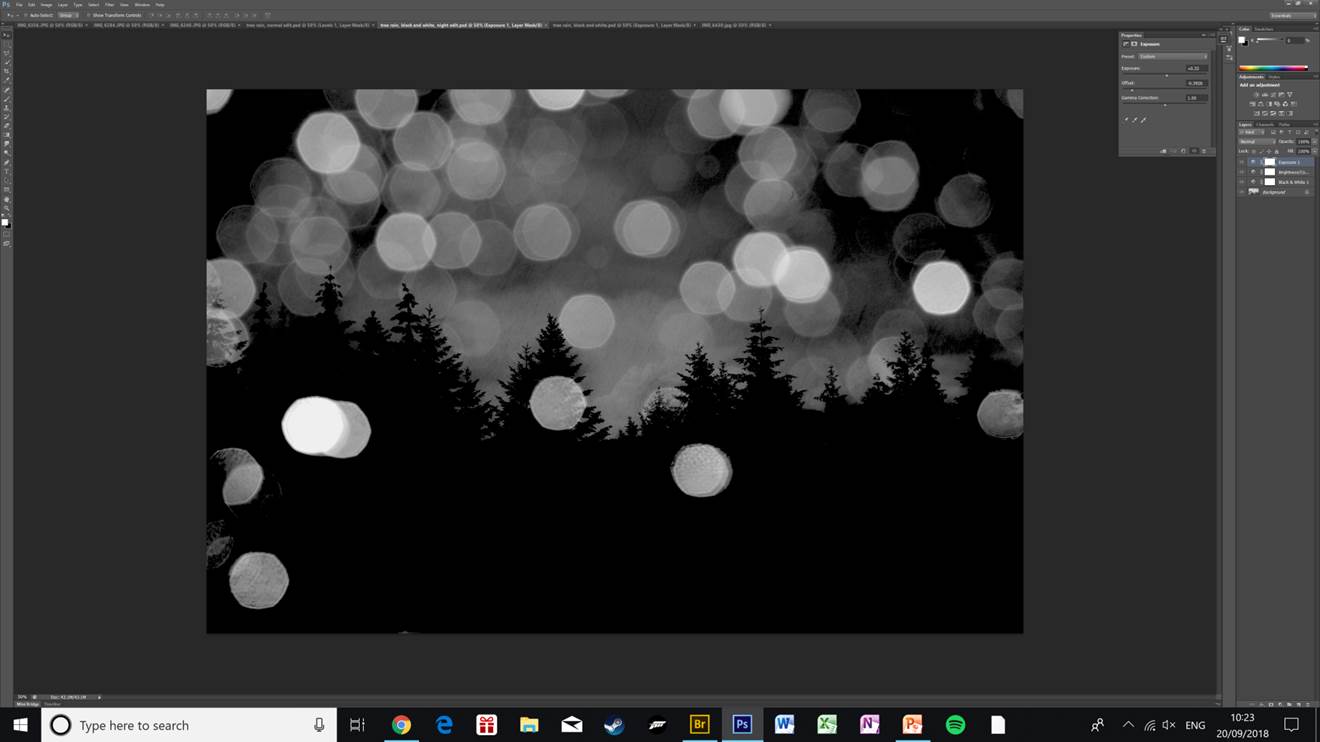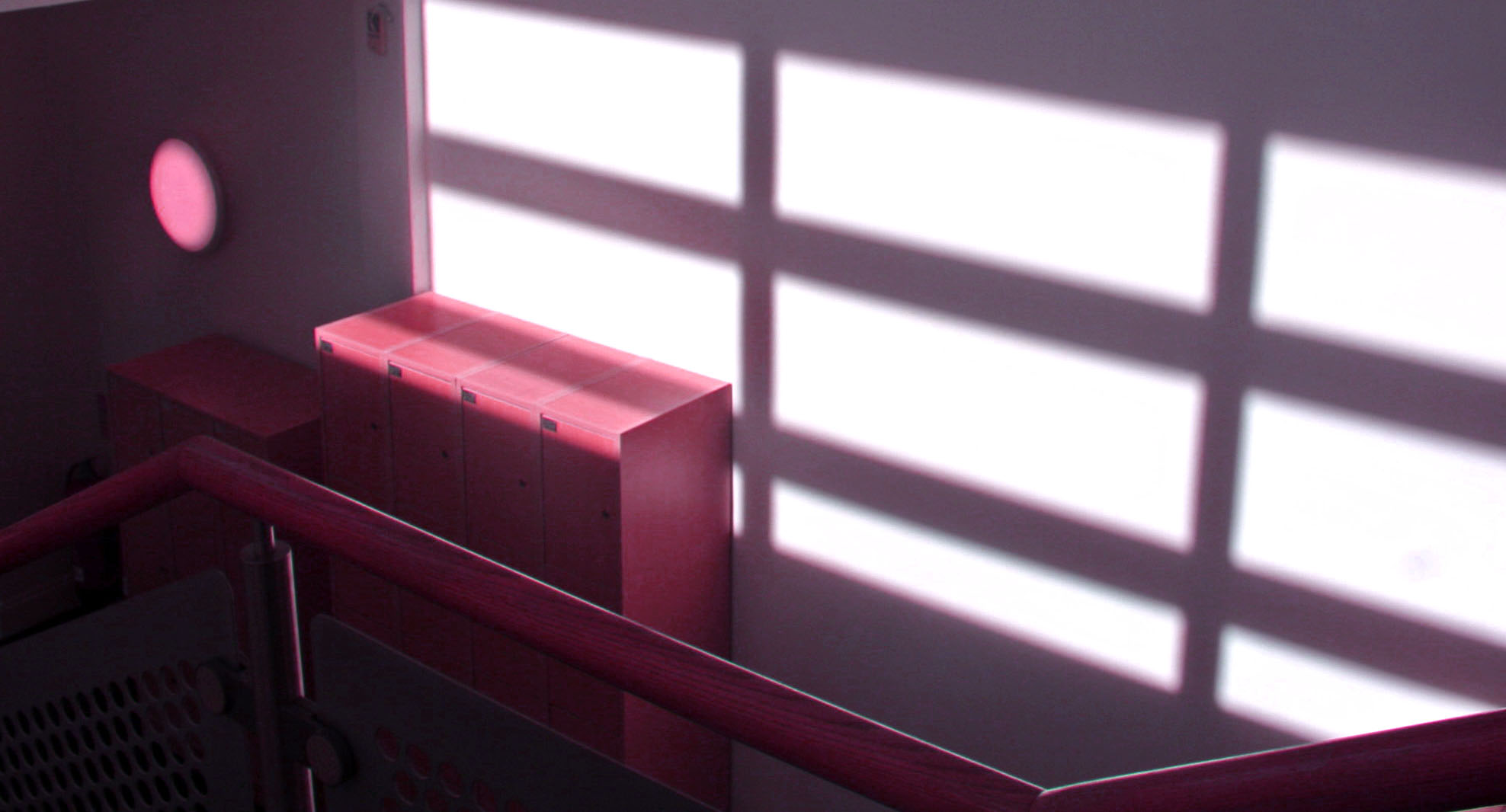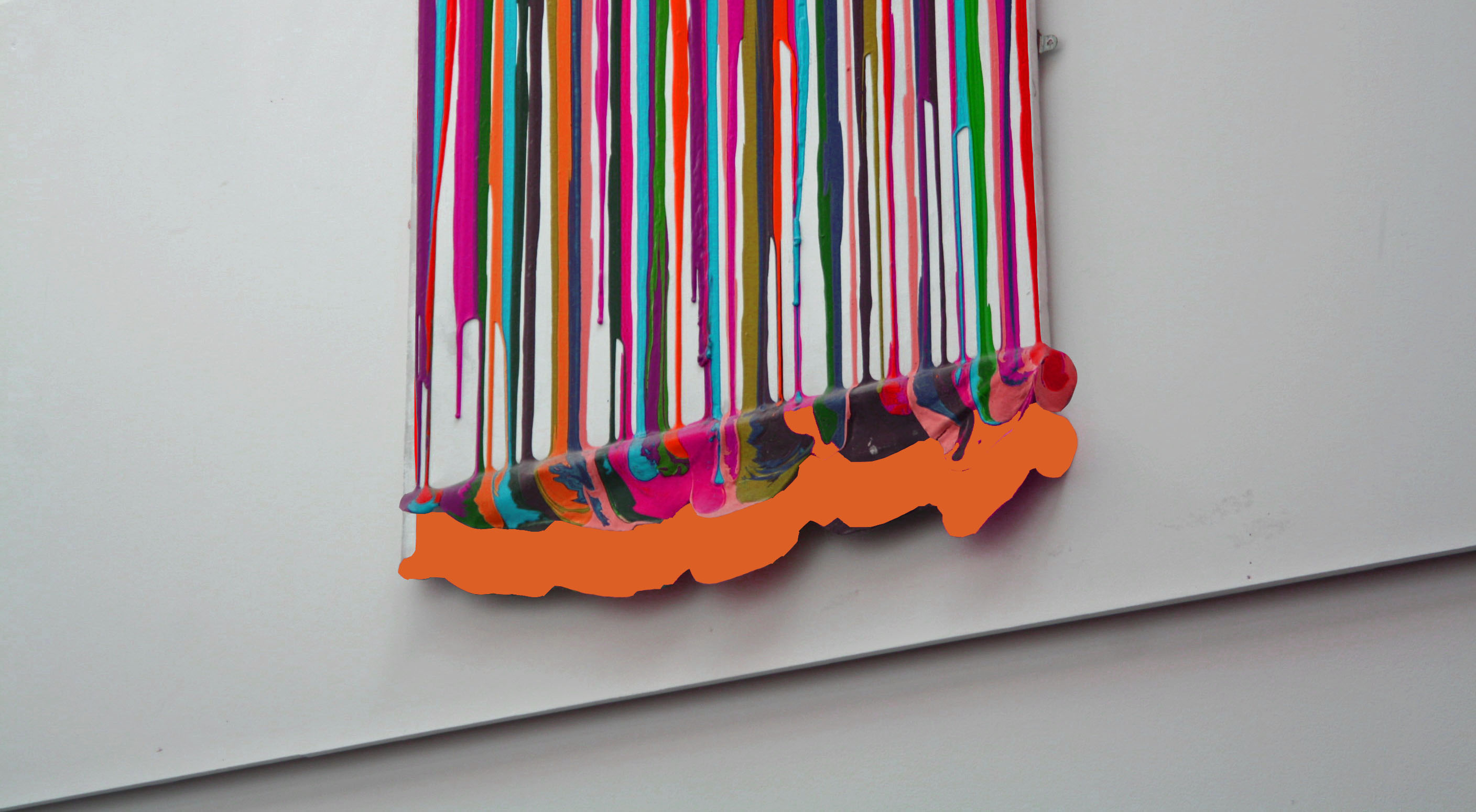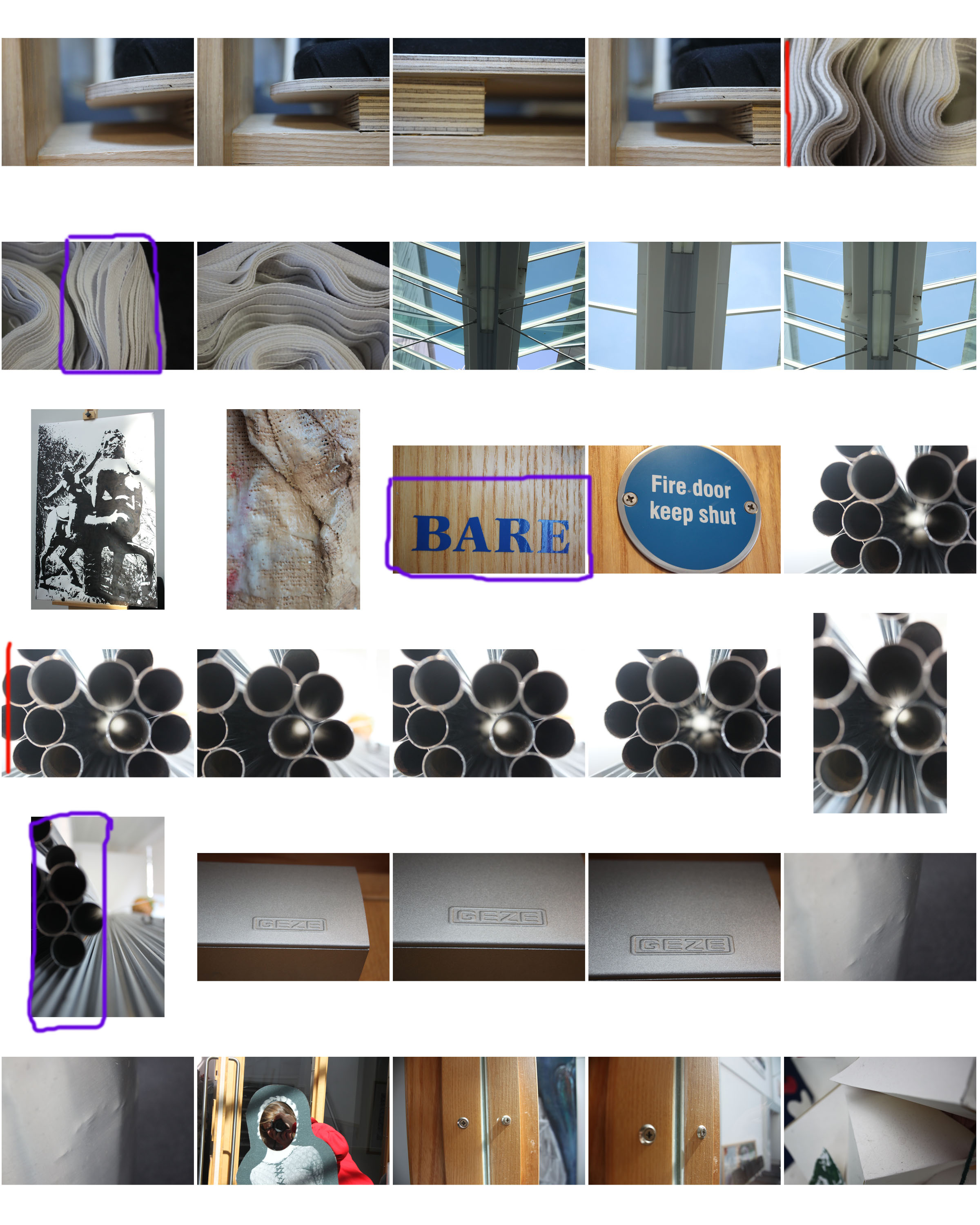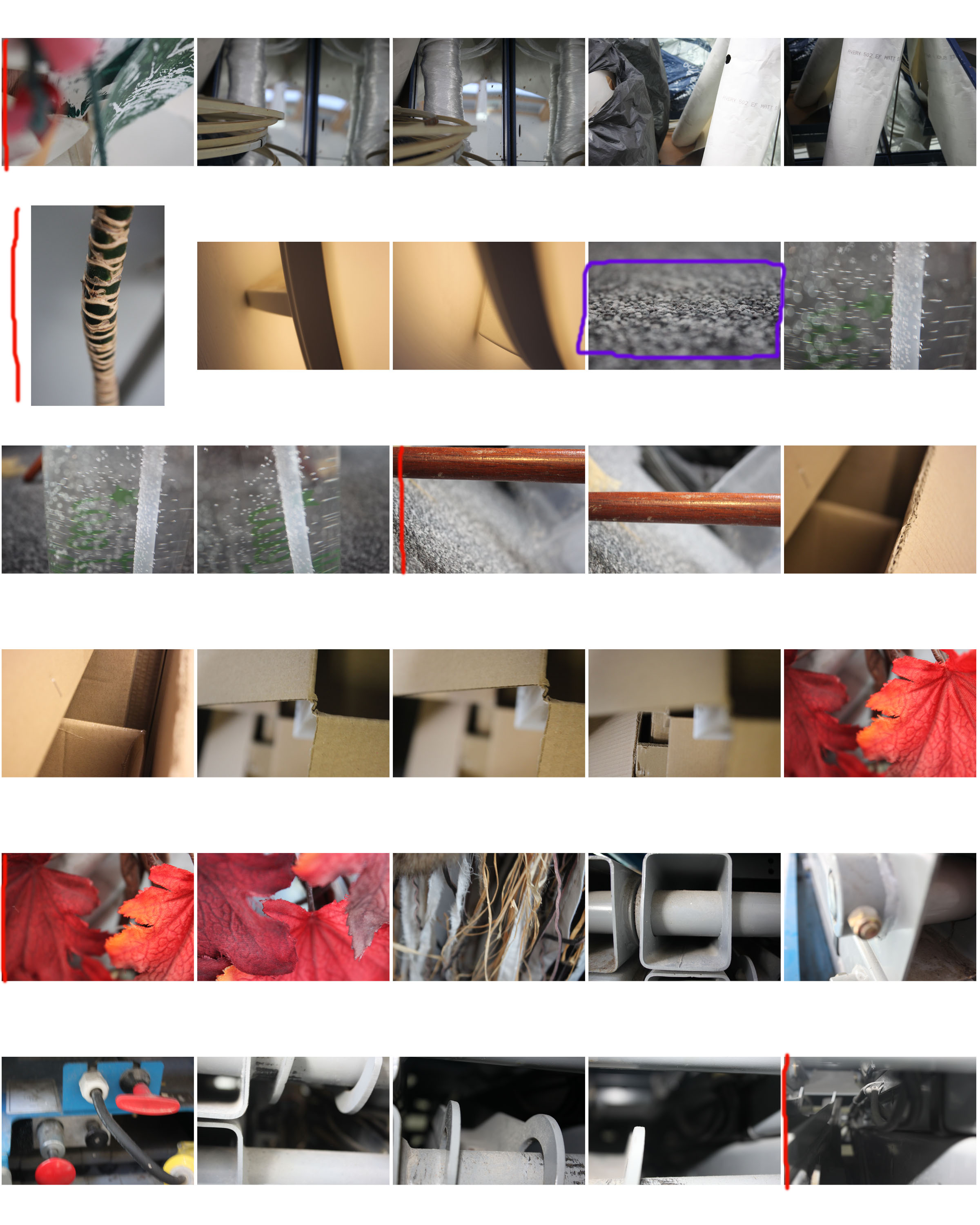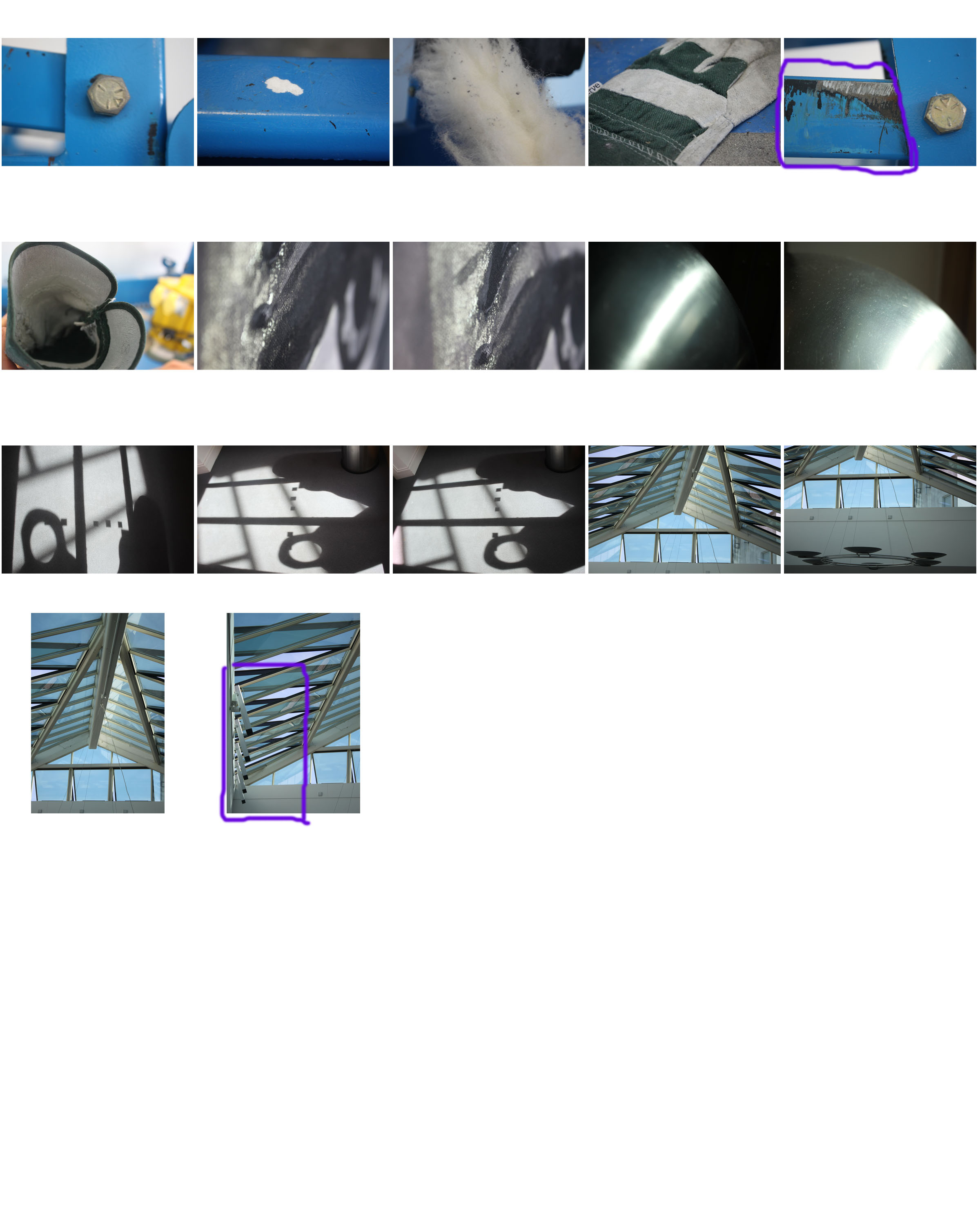Intro
The idea of abstract photography revolves around perception. The eyes perception of a given object. In this exercise, I have explored the idea of manipulating the appearance of a plain white piece of A4 paper and creating many different looks to it and ways of viewing it. I have utilised studio lighting to create shadows and I have either folded, Scrunched up or torn the paper in order to create images that show a wide range of shape, texture and contrast.
I have decided to desaturate every image in Photoshop and alter the brightness, contrast and exposure separately on each image to really highlight the shape, texture and shadows given off by this effect
Here are my outcomes from the Project below presented in a contact sheet
Contact sheet

I used an off-white coloured table with a black wall as the background. I utilised a box light and altered the white and yellow lighting from shot to shot to give off the effect of natural and artificial lighting.
Outcomes and analysis

I like the minimalistic values of this image, Mainly due to the shadow cast by the piece of paper and it generally creating a nice aesthetic.
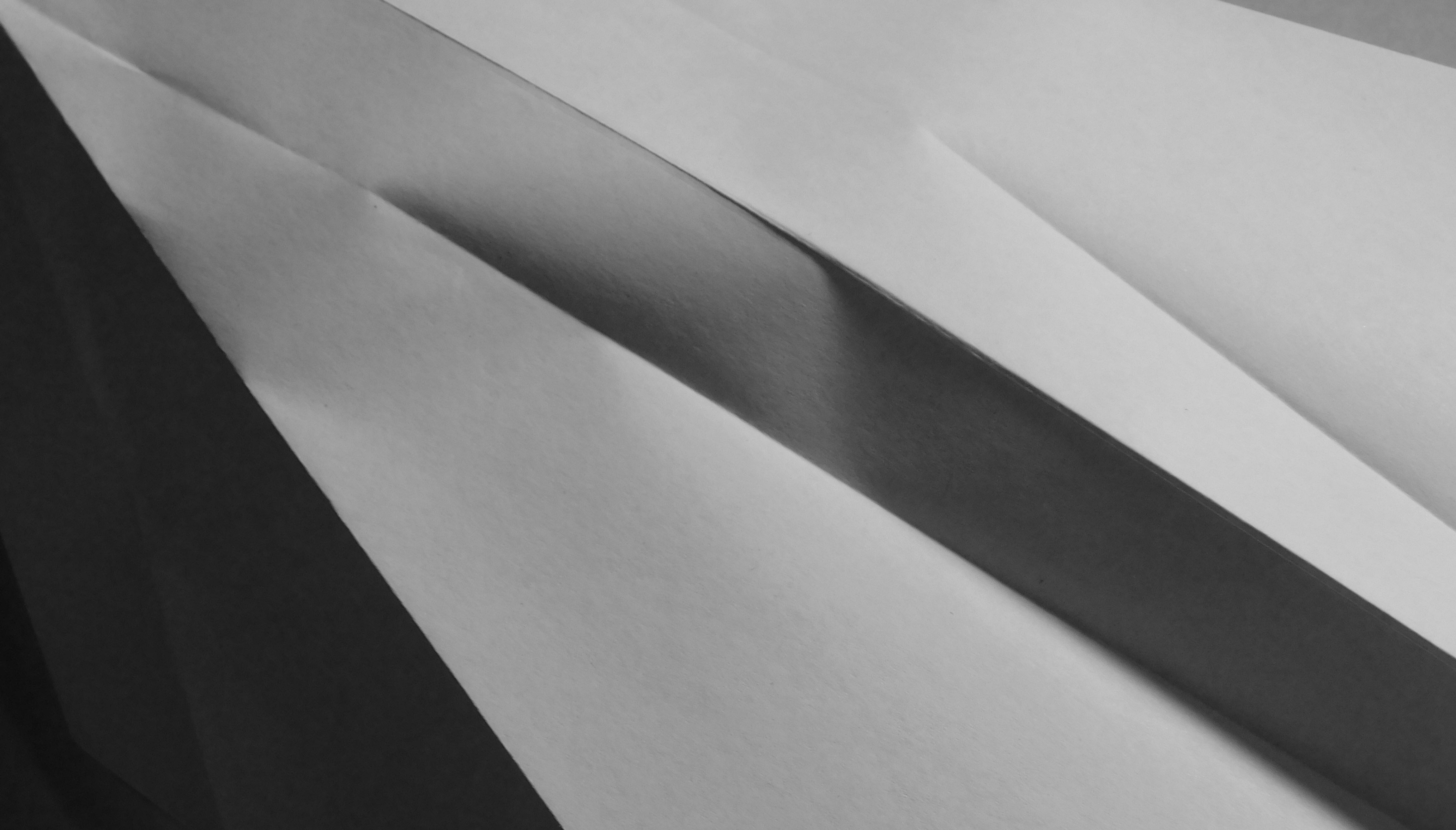
With this image, I am particularly drawn into the neat folds in the paper and the sharpness of the image. The folds are almost there to separate darker parts of the paper from the light and creates a very nice contrast and rich tone.

For this image, I decided to pinch the piece of paper and twist it around, Which has created an interesting blend of contrast within the paper itself as well as provided an interesting shape and shadows.
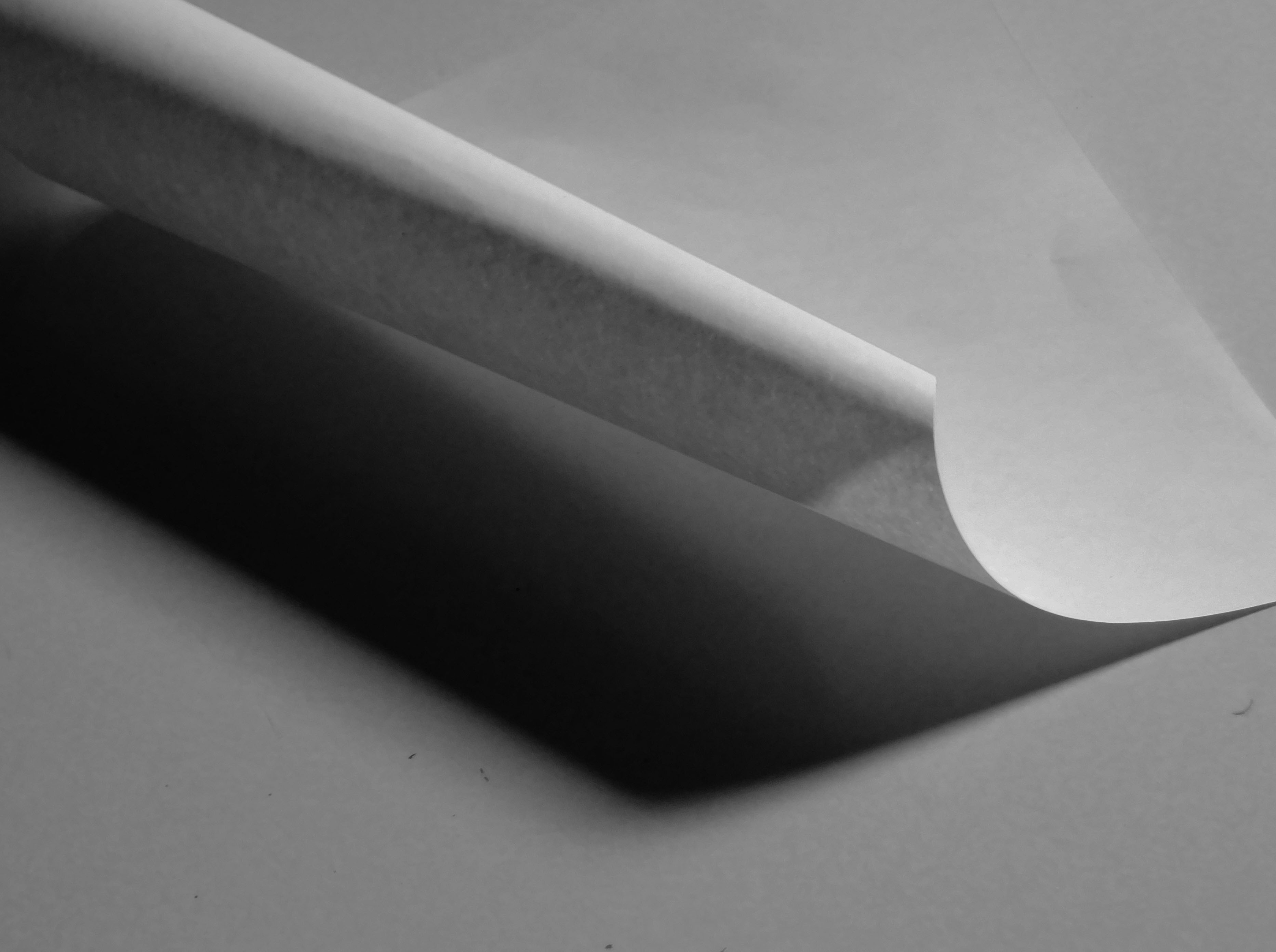
The paper has been rolled adn let to unroll and the resulting curl provides quite a dramatic image with a very good blend of shadows and light levels.




















